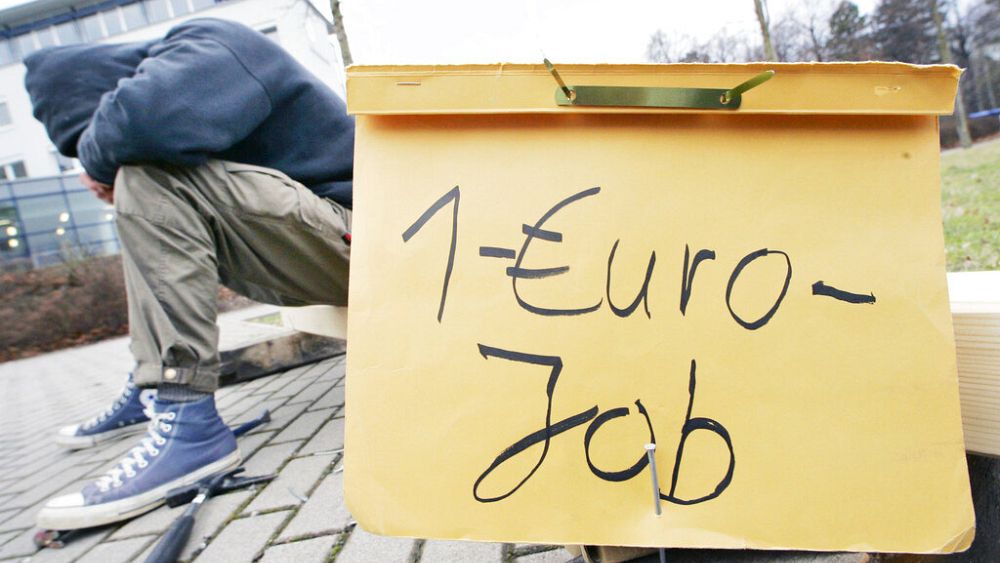### Summary
The Czech Republic's inflation rate dropped to 10.2% in July, although it still ranks fourth among EU nations with the highest inflation rates.
### Facts
- 💰 The Czech Republic's inflation rate dropped to 10.2% in July, but it remains one of the EU nations with the highest inflation rates.
- 🇪🇺 The European Union as a whole saw a moderate drop in year-on-year inflation rate from 6.4% to 6.1% in July.
- 💹 The eurozone's inflation declined slightly from 5.5% to 5.3% in July.
- 📉 Inflation rates in the EU spiked last summer due to a surge in energy prices, reaching 9.8% for the EU and just under 9% for the eurozone.
- 📊 Among EU nations, Belgium had the lowest year-on-year inflation rate at 1.7%, while Hungary had the highest at 17.5%.
- 🌡️ In a month-on-month comparison, consumer prices in the EU remained stagnant in July, with a marginal 0.1% decline in the eurozone.
- 💶 The European Central Bank continues to face the challenge of persistently high inflation and has implemented nine consecutive interest rate hikes since July 2020.
- ⚖️ The Czech Republic has also maintained a similar strategy, keeping its base interest rate at 7% in an attempt to curb inflation and attract foreign investors.
### Summary
Real wages in most European countries have fallen due to record-high inflation, with nominal wage growth being eroded.
### Facts
- :chart_with_downwards_trend: Real hourly wages decreased in 22 out of 24 European countries between Q1 2022 and Q1 2023, primarily due to inflation exceeding nominal wage growth.
- :chart_with_upwards_trend: Belgium and the Netherlands were the only countries where real hourly wages increased during this period.
- :chart_with_downwards_trend: France, the UK, and Germany also experienced a decline in real hourly wages.
- :money_with_wings: Nominal hourly wages increased in all 24 countries, but the inflation rate was higher, causing real wages to decrease.
- :moneybag: Real wages in Europe have fallen below pre-pandemic levels in most countries, despite recent nominal wage growth.
- :chart_with_downwards_trend: Cumulative change in real hourly wages between Q4 2019 and Q4 2022 ranged from -9.6% in Estonia to 7.1% in Lithuania, with 18 out of 25 countries experiencing a decline.
- :briefcase: Workers in low-paying industries fared relatively better, with real wages performing better than in high-paying industries in many European countries.
(Note: Some bullet points have been omitted for brevity.)
Euro zone inflation in August came in higher than expected at 5.3%, posing a challenge for the European Central Bank as it remains unchanged from the previous month.
Youth unemployment remains high in most countries, with Spain having the highest rate at nearly 27.4%, indicating potential long-term impacts on young adults' careers and overall economic prospects.
Ohio reported its lowest unemployment rate on record, with 3.3% for July, but there are still areas for improvement, including a labor force that has yet to fully recover and lower wages due to inflation.
Despite weakening economic growth, the unemployment rate remains low, which is puzzling economists and could lead to a "full-employment stagnation" scenario with a potential recession and low unemployment rates, posing challenges for the Federal Reserve and the overall economy.
The European Commission has revised down its economic forecast, citing high prices for goods and services as a significant factor, leading to reduced growth projections for the European Union and the eurozone. Germany is expected to experience a downturn, while inflation is projected to exceed the European Central Bank's target. Weak consumption, credit provisions, and natural disasters are also contributing to the loss of momentum in the economy. However, the report highlights the strength of the EU labor market with a low unemployment rate.
The annual rate of inflation in the eurozone has been revised down to 5.2% for August, but it remains well above the European Central Bank's 2% objective despite a decrease in consumer prices.
The unemployment rate in Vineland-Bridgeton, New Jersey, experienced the largest increase in August compared to a year ago, while Kokomo, Indiana, had the largest decrease; Bismarck, North Dakota, had the lowest unemployment rate in the US at 1.5%, and Las Vegas-Henderson-Paradise, Nevada, had the highest at over 6%. The numbers suggest that the labor market in the US remains resilient despite economic challenges.
Euro zone annual inflation dropped to its lowest level since October 2021, falling to 4.3% in September, while core inflation decreased to 4.5%, prompting uncertainty over potential rate cuts by the European Central Bank.
The rate of UK unemployment rose to 4.2% in the three months to the end of August, while the number of people in work fell by 0.3 percentage points, signaling a slowdown in the labor market and a potential economic downturn.
